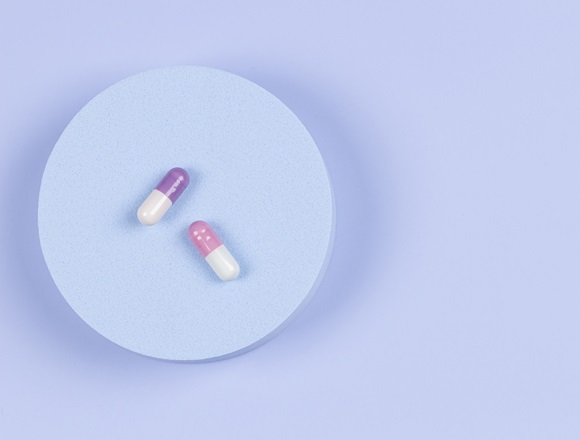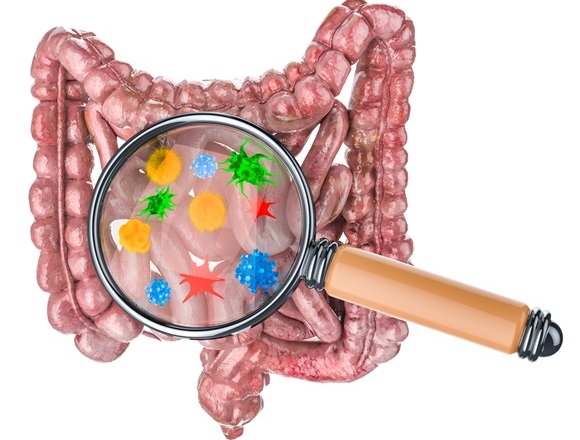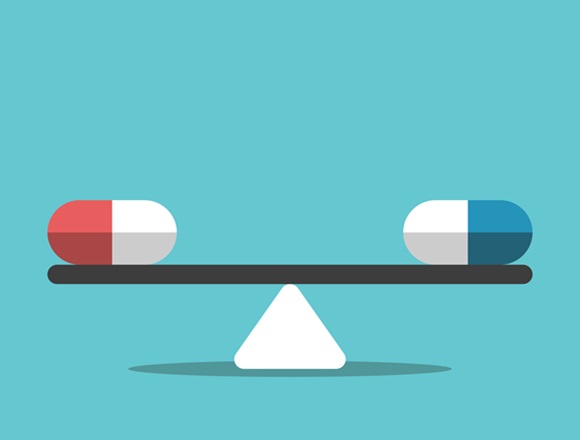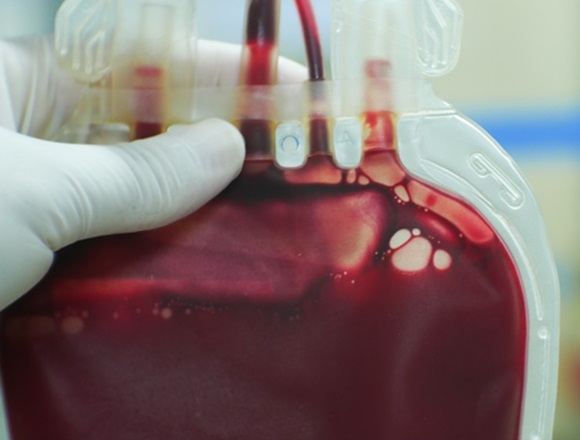References
1. Jabaley CS, Coopersmith CM. Vitamin C for Patients With COVID-19: More Evidence of Lack of Efficacy in Patients With Sepsis. JAMA. 2023 Oct 25. doi: 10.1001/jama.2023.18592. Epub ahead of print. PMID: 37877584.2. LOVIT-COVID Investigators, on behalf of the Canadian Critical Care Trials Group, and the REMAP-CAP Investigators; Adhikari NKJ, Hashmi M, Tirupakuzhi Vijayaraghavan BK, et al. Intravenous Vitamin C for Patients Hospitalized With COVID-19: Two Harmonized Randomized Clinical Trials. JAMA. 2023 Oct 25:e2321407. doi: 10.1001/jama.2023.21407. Epub ahead of print. PMID: 37877585; PMCID: PMC10600726.
Background: The use of large doses of vitamin C in sepsis, and specifically in coronavirus disease 2019 (COVID-19)–related conditions, continues to be debated.
Methods: This report combines data from 2 randomized controlled trials performed in the critically ill (1568 patients admitted to an intensive care unit [ICU] and requiring respiratory or cardiovascular support) and in hospitalized patients not requiring organ support (1022 patients). In both trials active treatment consisted of intravenous vitamin C dosed 50 mg/kg of body weight over 30 to 60 minutes every 6 hours for a maximum of 16 doses.
The main outcome measure was a composite of organ support–free days defined as days alive and free of respiratory and cardiovascular organ support in the ICU up to day 21 and survival to hospital discharge.
The Bayesian model of statistical analysis was used to provide post-study probabilities that the effect of active treatment may be on the side of benefit versus harm. The precision of estimates was presented in the form of credible intervals (CrI; a concept corresponding to confidence intervals) and the spread/dispersion of individual results, in the form of the interquartile range (IQR; a concept corresponding to standard deviation).
Results: The studies were stopped after the interim analysis suggested a high probability of harm and futility of vitamin C treatment. Among critically ill patients the median number of organ support–free days was 7 (IQR, -1 to 17 days) for the vitamin C group versus 10 (IQR, -1 to 17 days) for the control group (adjusted odds ratio [OR], 0.88 [95% CrI, 0.73-1.06]) with the probability of benefit (8.6%) being much lower than the probability of harm (91.4%) and with >99.9% probability for futility. Among patients who were not critically ill, the corresponding probabilities were 2.9% (efficacy/benefit), 97.1% (harm), and > 99.9% (futility). Among critically ill patients survival to hospital discharge was 61.9% for the vitamin C group versus 64.6% for the control group (adjusted OR, 0.92 [95% CrI, 0.73-1.17]).
Conclusions: The authors concluded that high-dose vitamin C has low probability of benefit among hospitalized patients with COVID-19.
McMaster editors’ commentary: The authors’ conclusion seems very conservative. The statement that there is a low probability of benefit of the intervention could be easily substituted by a statement that there is a very high probability that the intervention is useless, or even that there is a high probability that it is harmful. The practical implications of such statements may illustrate the power of linguistic choices in communication.
 English
English
 Español
Español
 українська
українська











